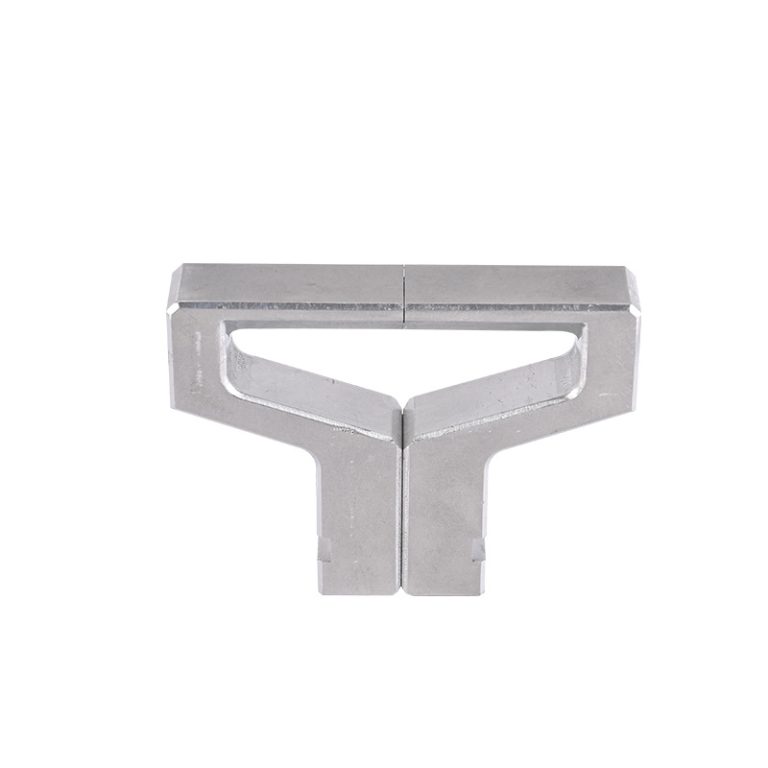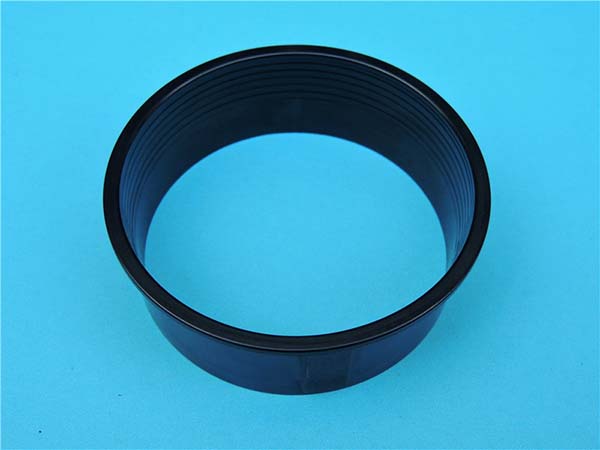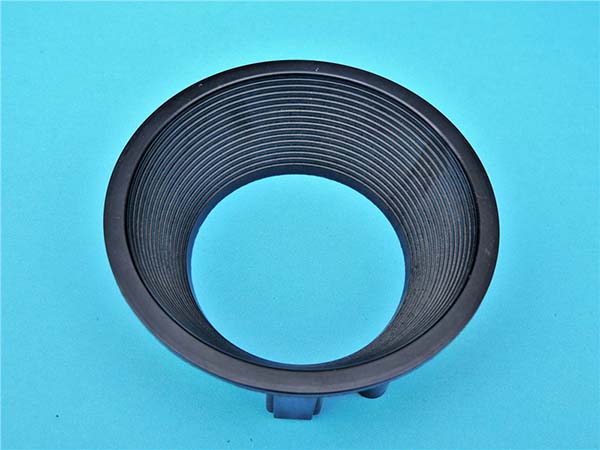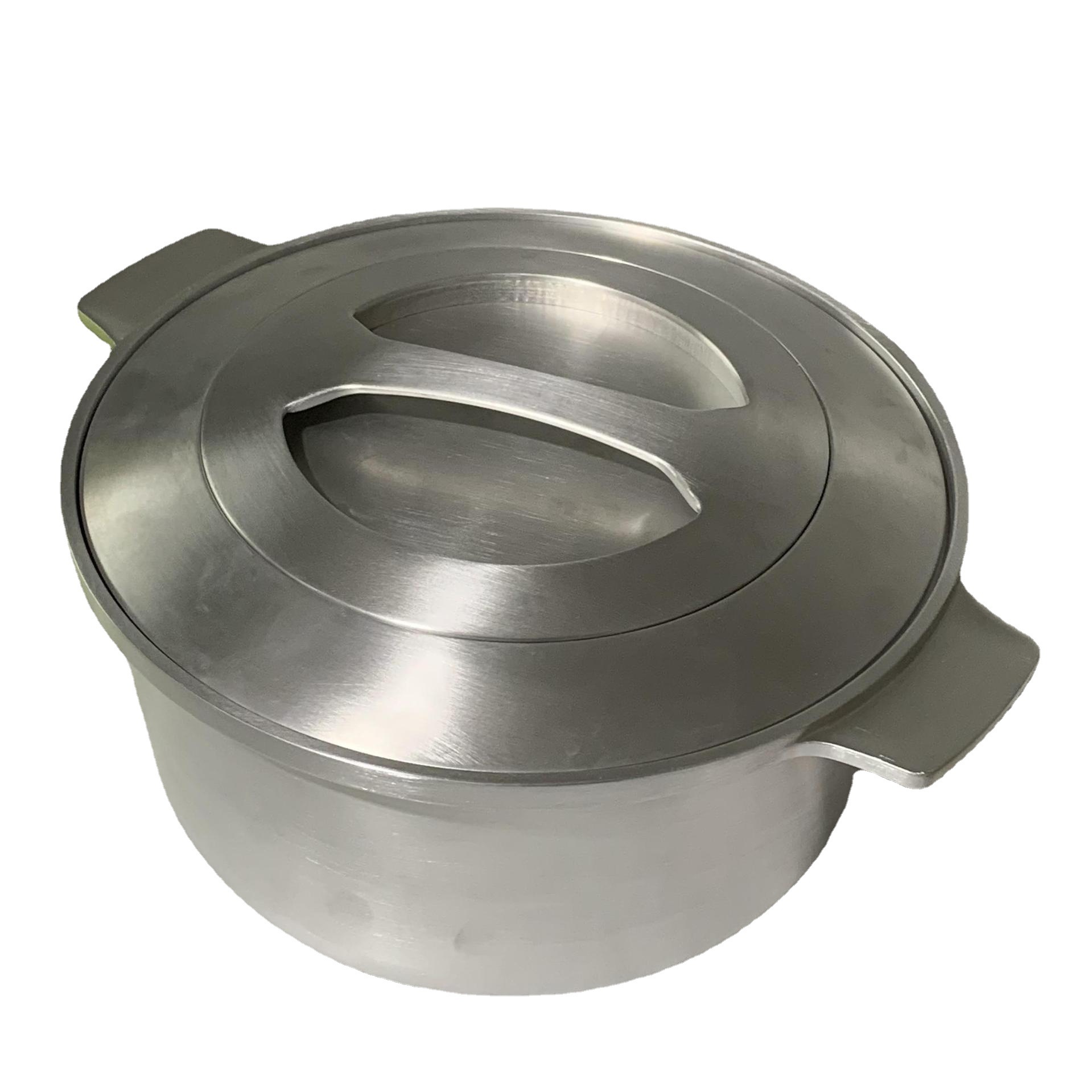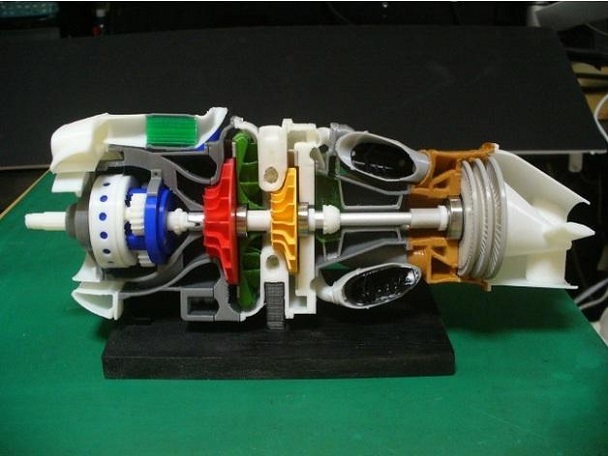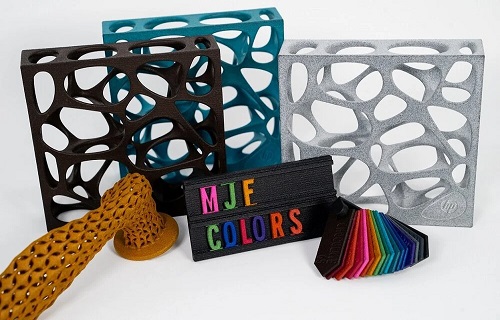Introduction to 3D Printing in Healthcare
3D printing, or additive manufacturing, is transforming the healthcare industry by enabling the creation of customized, precise, and efficient medical solutions. This innovative technology builds objects layer by layer from digital designs, offering a level of personalization and complexity not possible with traditional methods. Its applications span from producing patient-specific devices and implants to advancing surgical planning and bioprinting, fundamentally changing how care is delivered. Below, we explore the profound impact of 3D printing on healthcare, focusing on its applications, benefits, and future potential.
Applications of 3D Printing in Healthcare
1. Patient-Specific Prosthetics
3D printing has revolutionized the design and manufacture of prosthetics, making them more accessible and personalized:
- Custom Fit: Prosthetics are tailored to the exact measurements of a patient’s body, ensuring better comfort and functionality.
- Enhanced Accessibility: The affordability and speed of 3D printing have made advanced prosthetics available to underserved populations.
- Aesthetic Options: 3D printing allows for the creation of prosthetics with intricate designs or a natural appearance, improving user satisfaction.
2. Customized Implants
Orthopedic and dental implants benefit significantly from 3D printing:
- Anatomical Precision: Implants can be designed to fit the unique contours of a patient’s anatomy, enhancing surgical outcomes.
- Improved Integration: Custom implants facilitate better tissue integration and reduce rejection risks.
- Reduced Recovery Time: The precise fit leads to more efficient surgeries and faster recovery periods.
3. Surgical Planning and Modeling
3D-printed anatomical models are reshaping surgical preparation:
- Detailed Visualization: Models based on CT or MRI data provide a tangible representation of a patient’s anatomy.
- Practice and Training: Surgeons can rehearse complex procedures, improving precision and confidence.
- Improved Outcomes: Enhanced preparation leads to shorter operation times and reduced complications.
4. Advancements in Drug Delivery Systems
3D printing is innovating pharmaceutical solutions by enabling:
- Custom Pills: Medications can be tailored with precise dosages and release mechanisms for individual patients.
- Complex Carriers: Multi-drug delivery systems and time-controlled release capsules improve therapeutic efficiency.
- Reduced Side Effects: Targeted delivery ensures drugs act more precisely, minimizing adverse reactions.
The Future of 3D Printing in Healthcare
1. Bioprinting
One of the most promising frontiers is bioprinting, which involves using 3D printing to create living tissues and organs:
- Addressing Shortages: Bioprinted organs could eliminate the reliance on donors, solving critical supply issues.
- Personalized Medicine: Tissues and organs tailored to patients’ biological profiles could improve compatibility and outcomes.
- Regenerative Medicine: Bioprinting could enable the repair or replacement of damaged tissues, revolutionizing treatments for chronic diseases and injuries.
2. Integration with Emerging Technologies
The synergy of 3D printing with other advanced technologies enhances its impact:
- Artificial Intelligence: AI optimizes designs and processes, improving efficiency and functionality.
- Nanotechnology: Enables the creation of micro-scale medical devices with unparalleled precision.
- IoT and Data Analytics: Real-time monitoring and analysis inform design adjustments, ensuring solutions remain effective over time.
Benefits of 3D Printing in Healthcare
- Enhanced Personalization: Tailored solutions improve patient comfort, outcomes, and satisfaction.
- Cost-Effectiveness: Reduces manufacturing costs and makes advanced solutions more accessible.
- Faster Development: Speeds up the prototyping and production of devices and models.
- Reduced Waste: Additive manufacturing is highly material-efficient compared to subtractive methods.
- Improved Training: Realistic anatomical models enhance medical education and surgical training.
Challenges and Considerations
Despite its benefits, 3D printing in healthcare faces several challenges:
- Regulatory Approvals: Ensuring safety and efficacy requires rigorous testing and compliance with regulations.
- Material Limitations: Expanding the range of biocompatible and durable materials is crucial.
- High Initial Costs: While cost-effective in the long term, the technology’s initial investment can be prohibitive.
- Skill Requirements: Implementing 3D printing requires specialized knowledge and training.
Conclusion
3D printing is revolutionizing healthcare by providing innovative, personalized solutions that enhance patient care and treatment outcomes. From custom prosthetics and implants to bioprinting and drug delivery systems, its applications are vast and transformative. As technology advances and integrates with AI, nanotechnology, and regenerative medicine, the potential of 3D printing to reshape the healthcare landscape continues to grow. By addressing current challenges and expanding its capabilities, 3D printing promises a future where medical care is more effective, accessible, and patient-centered than ever before.
